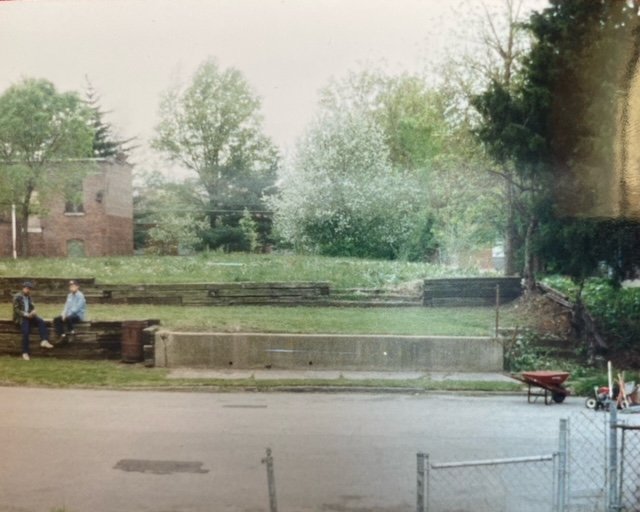
Covenant Blu Grand Center Neighborhood
The Covenant Blu-Grand Center Neighborhood has Grand Boulevard at its center. Grand Avenue, now Grand Boulevard, was laid out in 1854 and was the boundary of the City at the time. This important north-south corridor followed the high ground and became the location of many civic buildings. Grand Avenue and the area east of the corridor developed early, its development pattern consisted of small blocks similar in scale to the urban core and served as an extension of downtown.
The Covenant Blu Grand Center Neighborhood is bordered by the Midtown Neighborhood to the south along Lindell Boulevard and the Jeff Vanderlou Neighborhood to the north and east along Dr. Martin Luther King Drive, formerly Easton Avenue. Midtown is home to St. Louis University’s main campus and Harris-Stowe State University as well as the former Mill Creek Valley Neighborhood. Mill Creek Valley was an African American community that was cleared for development of the interstate system, today Interstate 64. This 1950s clearance project displaced 20,000 members of the African American Community along with many African American churches and businesses.
Historic Automotive District
The Covenant Blu Grand Center neighborhood today includes a portion of the Locust Street Automotive Historic District, an area along Olive Boulevard east of Grand Boulevard which continues into Midtown. The Locust Street Automotive District has historic warehouse style brick buildings from the mid-20th century which housed auto dealerships and auto-parts retailers. This District served as St. Louis’s hub for automobile marketing and servicing in the early-mid 1900s.
Grand Center Theater District
The Grand Center Theater District, now the Grand Center Arts District formed between 1900 and 1920 as the City’s center for arts, entertainment and night life. Development continued into the 1930s and 1940s with the construction of famous playhouses including the Missouri Theater, Fox Theater, and Powell Symphony Hall, formerly St. Louis Theater. Grand Center was a bustling and thriving area which served as a transportation hub for the City’s streetcar lines. The streetcar system was heavily utilized in the late 1800s and early 1900s before the introduction of the automobile. Grand Avenue at Olive Boulevard was a transit crossroads which connected multiple lines with routes north-south and east-west throughout the county and city connecting neighborhoods to jobs and entertainment. The City’s streetcar service was eventually replaced with buses. The Hodiamont Line was the last streetcar in operation until it took its last ride on May 21, 1966.








